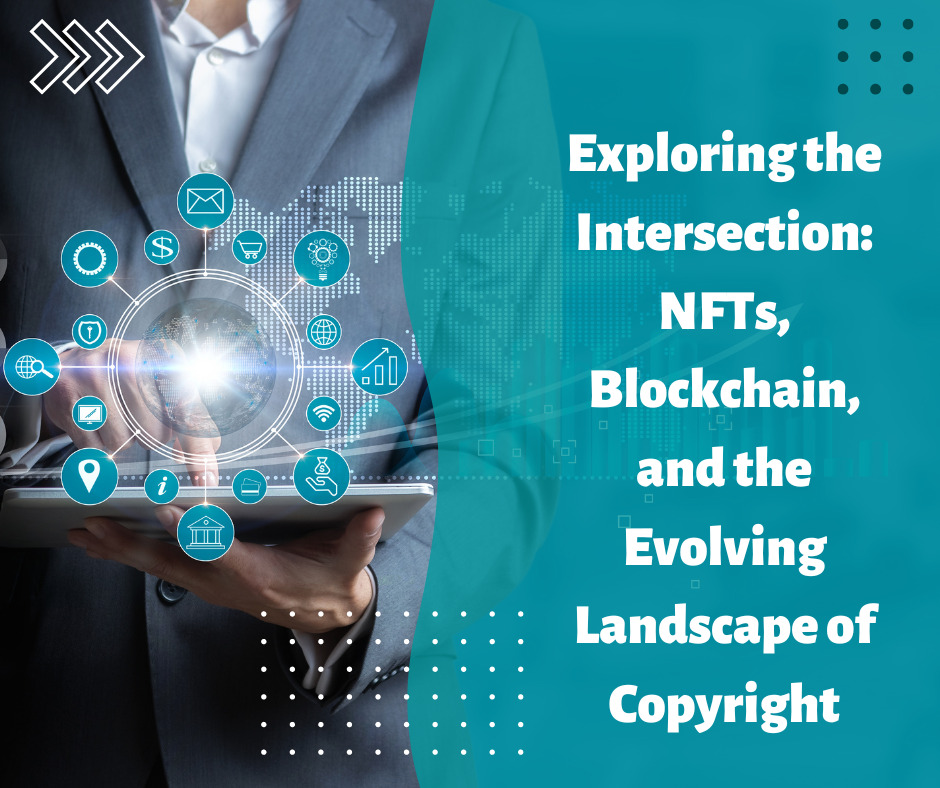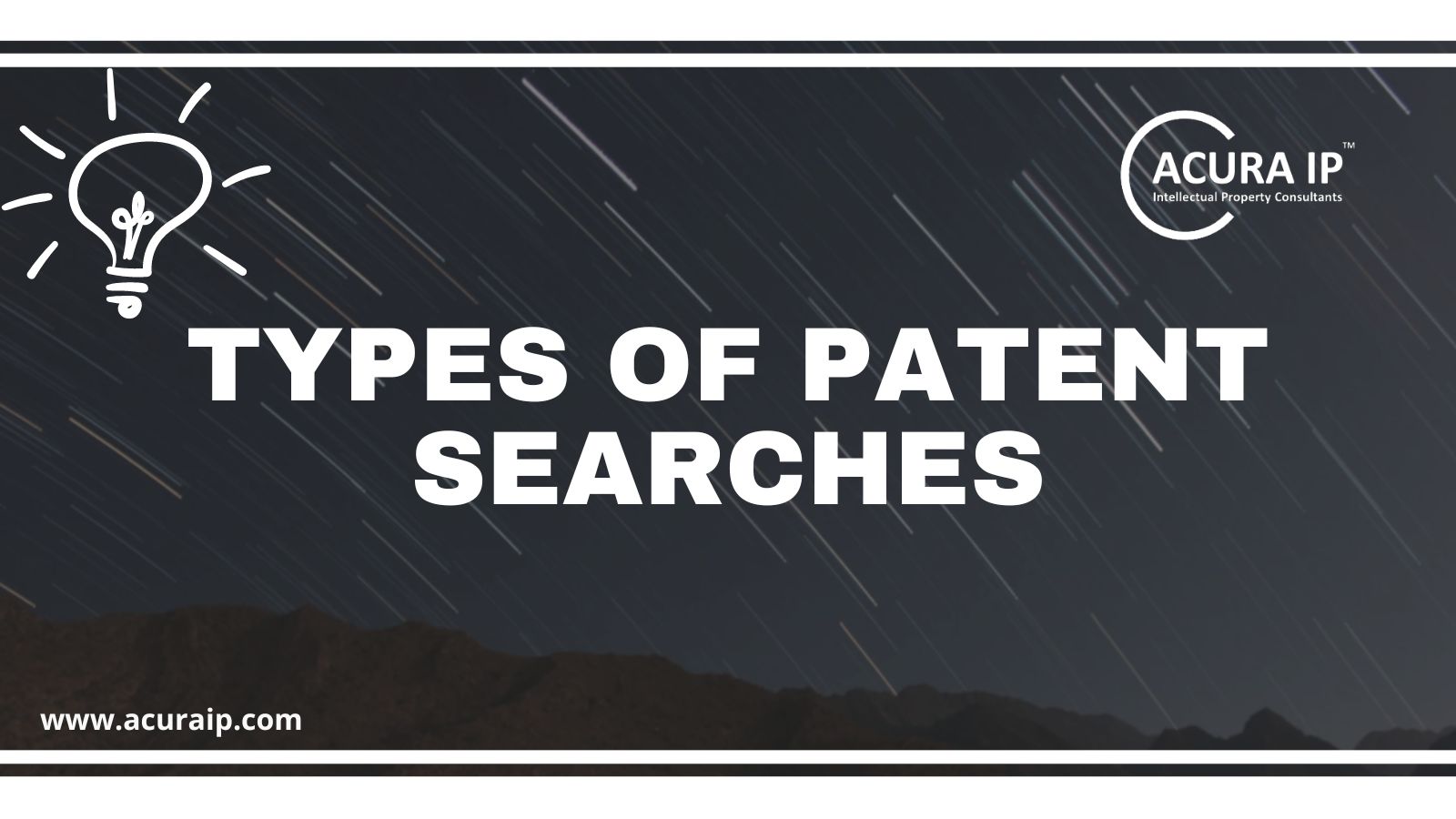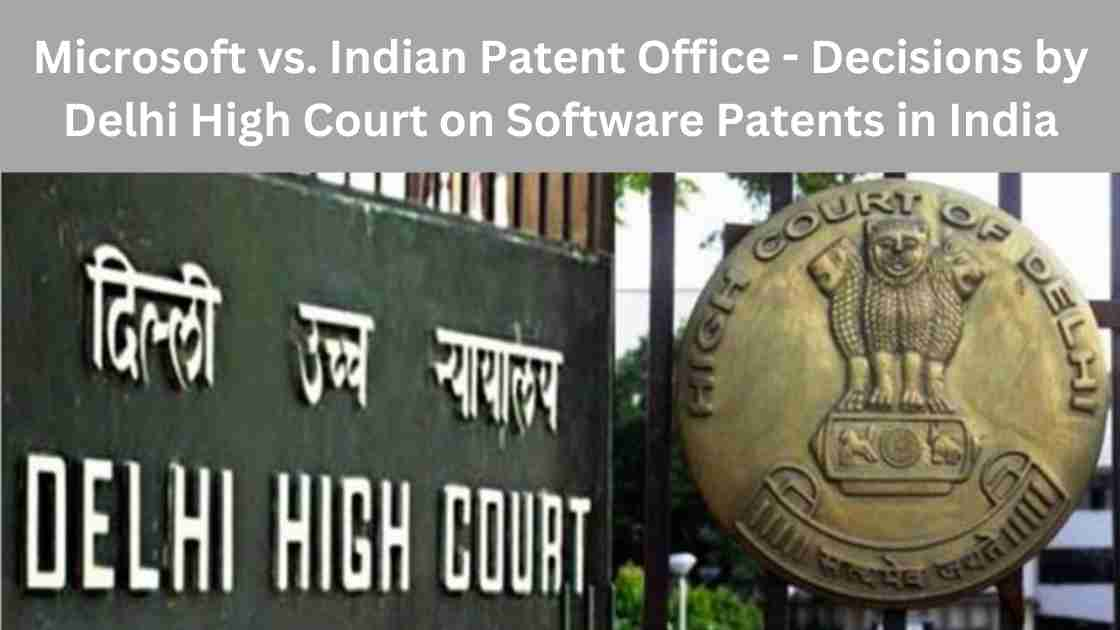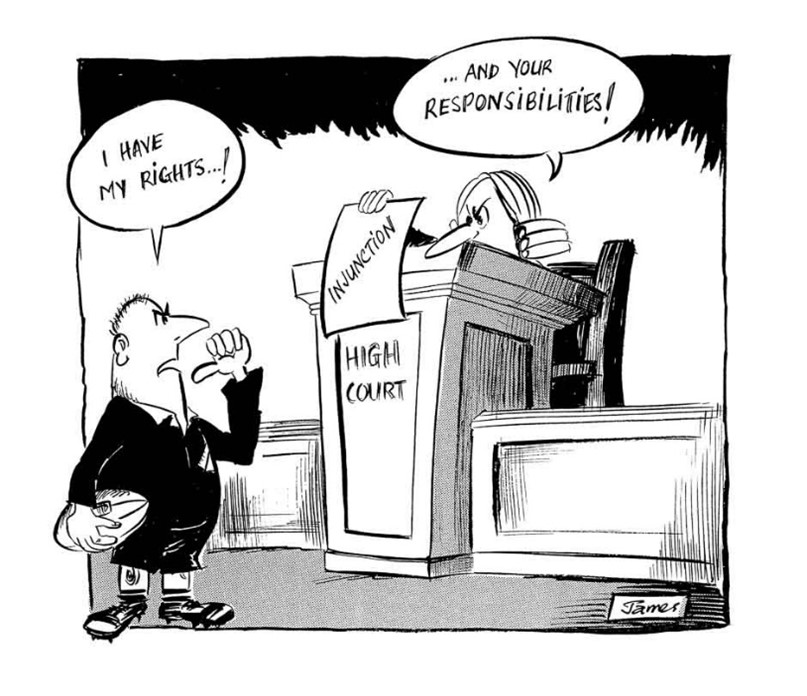Category: Copyrights

Understanding Copyrights & Cover Versions: A Detailed Exploration
Introduction The world of music is vast and filled with creativity, with musicians often drawing inspiration from others. This can lead to the creation of cover versions of original songs, a widespread and popular practice in the music industry. But how do copyrights interact with cover versions? What all safeguards an artist needs to take for developing a cover version? To understand this, one must delve into the intricacies of copyright law and its implications for cover versions. Definition of Cover Versions As per Section 31C of the Copyrights Act, 1957, a cover version, subject to the provisions of the said Section, is a sound recording in respect of any literary, dramatic or musical work, where sound recordings of that work have been made by or with the licence or consent of the owner of the right in the work. In one of the first matters pertaining to label records,…

Exploring the Intersection: NFTs, Blockchain, and the Evolving Landscape of Copyright
BLOCKCHAIN TECHNOLOGY In order to understand the concept of NFTs, it is important to delve into the concept of blockchain technology. Blockchain technology has been in the forefront of the technology domain for last few years. Basically, the blockchain is a method of recording information, that is difficult to be changed, hacked or manipulated by the system. Blockchain technology is a structure that stores data in blocks that is linked together in the form of a chain. It is basically referred to as a “digital ledger” that duplicates and distributes transactions across the network of computers participating in the blockchain. The blockchain technology ensures chronological consistency by requiring consensus from the network before any modifications or deletions can be made to the chain. This feature makes it possible to create an immutable ledger that can track transactions such as orders, payments, and accounts. The system has integrated safeguards that prevent…

Intersection of Artificial Intelligence and Intellectual Property Laws
In recent years, the rapid advancements in artificial intelligence (AI) have significantly impacted various aspects of human life and revolutionized numerous industries. As AI continues to develop and integrate into our daily lives, the intersection of AI and intellectual property (IP) laws has become an increasingly important topic. This blog post aims to explore this intersection, discuss the challenges it presents, and suggest potential solutions for striking a balance between innovation and protection. The Growing Impact of Artificial Intelligence AI encompasses a wide range of technologies, from machine learning algorithms to natural language processing and computer vision. These technologies enable machines to learn from data, make decisions, and perform tasks that traditionally required human intelligence. AI has been successfully applied in various sectors, including healthcare, finance, manufacturing, and transportation, where it has led to significant improvements in efficiency, cost reduction, and the development of innovative products and services. This rapid…

What are Intellectual Property Rights?
Intellectual Property (IP) encompasses intangible assets such as patents, copyright, trademarks, industrial design, geographical indications, and trade secrets. Intellectual Property Rights are conferred to the intellectual property owners to restrict others from copying their creations. The creations could be inventions, books, music, songs, brand names or trademarks, product designs, confidential information, etc. Depending upon the type of intellectual property, protection may be conferred automatically for a few, and for others, the intellectual property owner must apply for protection in desired countries. Types of Intellectual Property (IP) Protection Types of ProtectionTypes of Intellectual PropertyAutomatic ProtectionCopyright (advisable to register) Trade Secrets (however steps should be taken to keep the information secret)To Be Applied for ProtectionPatents, Trademarks, Industrial Designs, and Geographical Indications. One Product – Multiple Intellectual Property Rights Depending upon the subject matter involved, a product includes multiple intellectual property rights i.e., a product can have underlying intellectual property right protection under…

Did not protect my IPR. What now?
Starting a product-based company without protecting the underlying Intellectual Property is as good as building a house in a public place. Time and again, I've had startups and researchers asking me "what now?" once a competitor replicates their product and markets it better. It is a cakewalk for established businesses to replicate your product and use their marketing experience to pose an existential threat to your business. Think about it. A resourceful businessman finds amazing IP-Free product ideas from "Amazon Launchpad", why would he not replicate them? Let alone small businesses, no company/product is copy-proof in this world. Samsung infamously copied Apple's iPhone design [1]. The Oreo cookie that we know today isn't an original recipe either [2]. The list goes on, apparently, some of the rip-offs are better than their originals [3]. While it is practically impossible to stop everyone around the globe from copying your ideas, it can certainly be curtailed to…

Recent FAQs Published by the Indian Patent Office on Form 27
The Indian Patent Office recently released a comprehensive FAQ document…

A Comprehensive Guide to Patent Searches: Types, Examples, and When to Use Them
Patent searches are a crucial aspect of the patenting process.…

Microsoft vs. Indian Patent Office – Decisions by Delhi High Court on Software Patents in India
The part of this series focuses on the…

Case in Point: Sun Pharma Ltd vs. DWD Pharma Ltd
Case in Point is a new series where…
Categories
Recent Discussions
Recent FAQs Published by the Indian Patent Office on Form 27
The Indian Patent Office recently released a comprehensive FAQ document regarding Form 27, aimed at clarifying the requirements and procedures for patentees and…
Recent Discussions
A Comprehensive Guide to Patent Searches: Types, Examples, and When to Use Them
Patent searches are a crucial aspect of the patenting process. Whether you're an inventor, entrepreneur, or a legal professional, understanding the different types…
